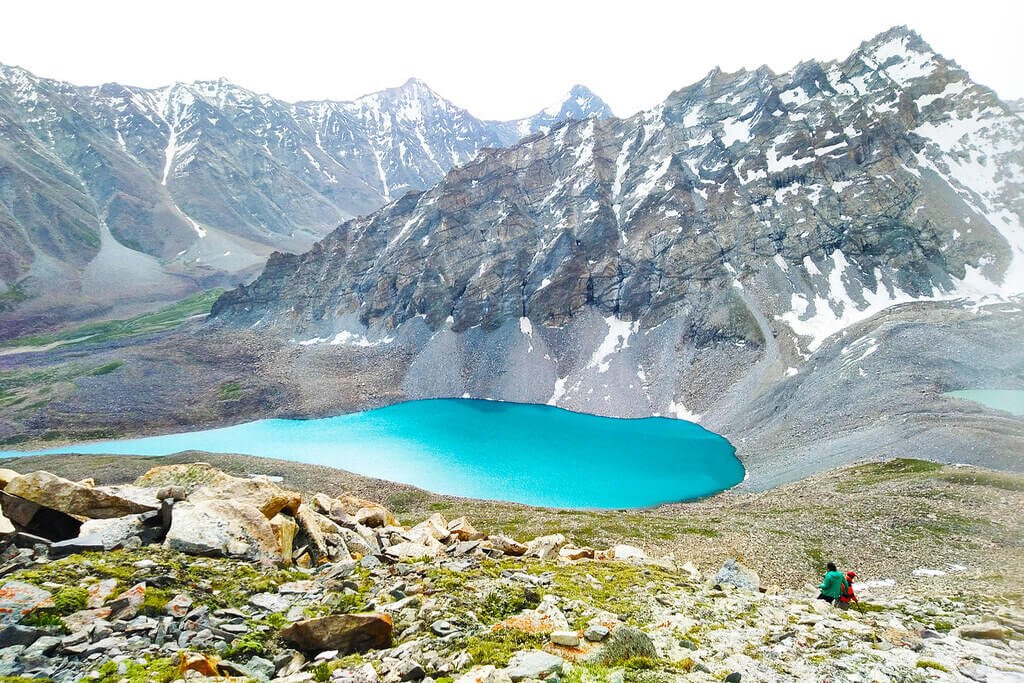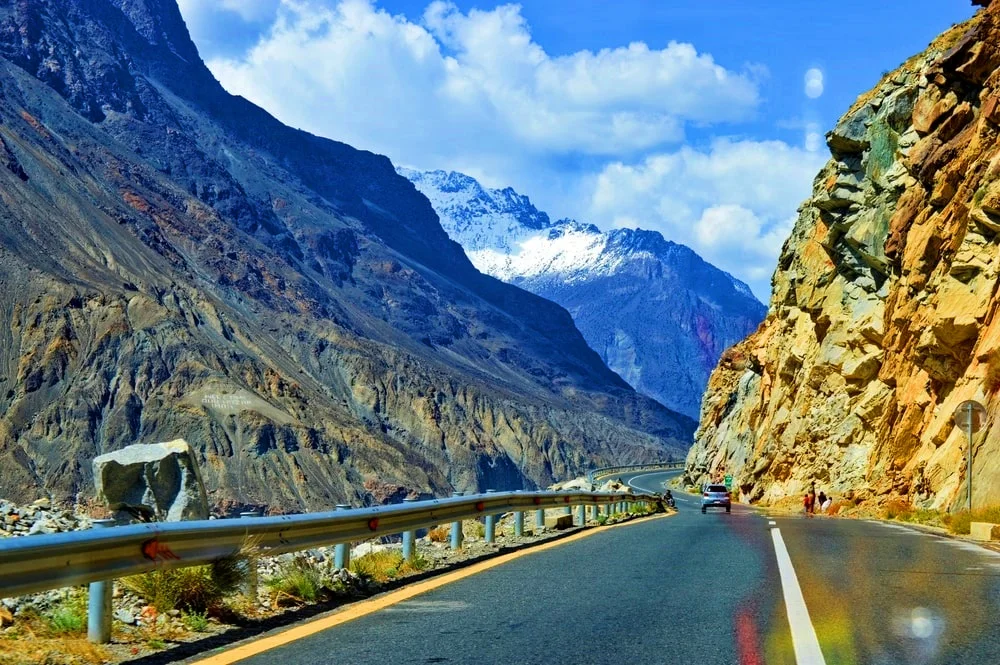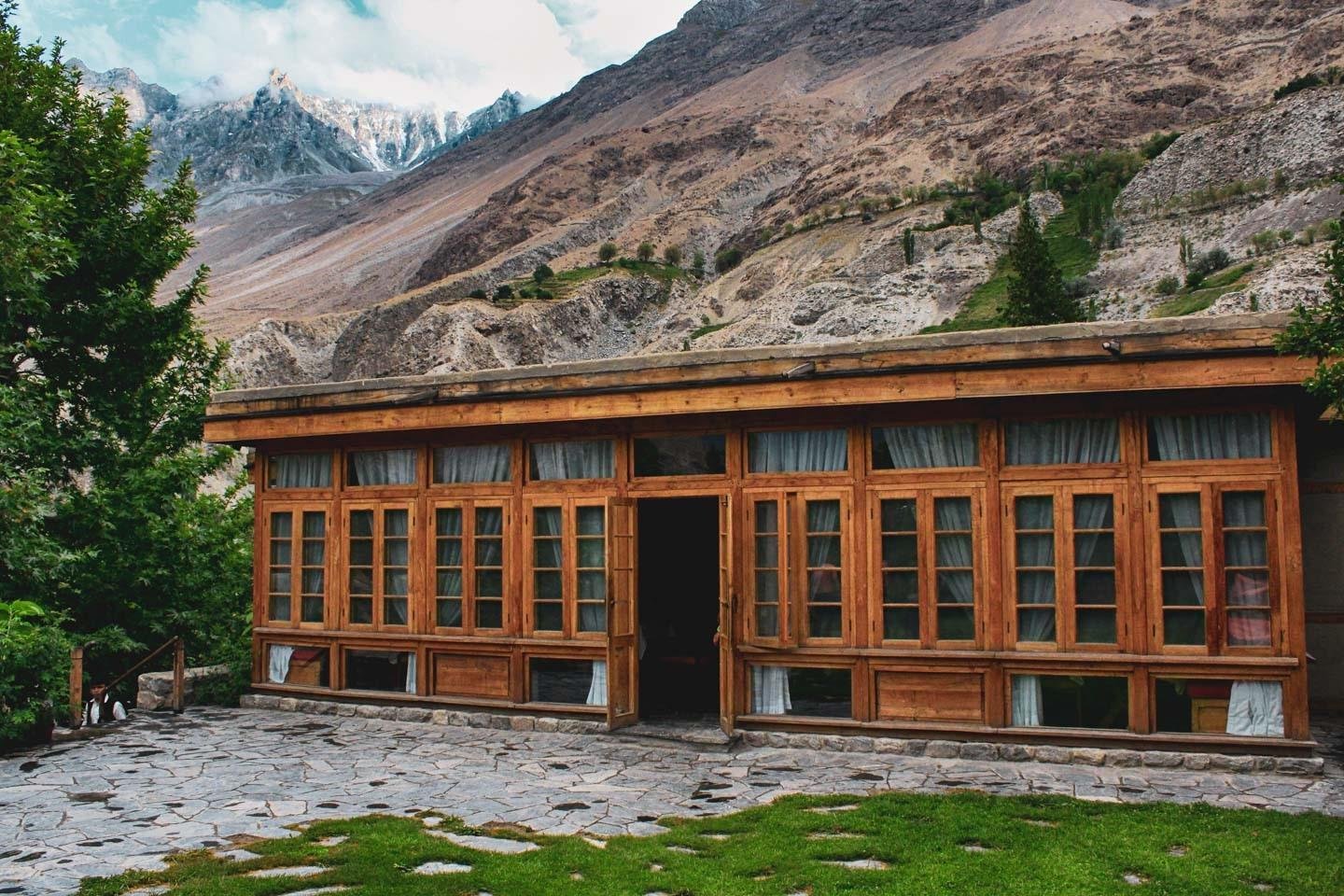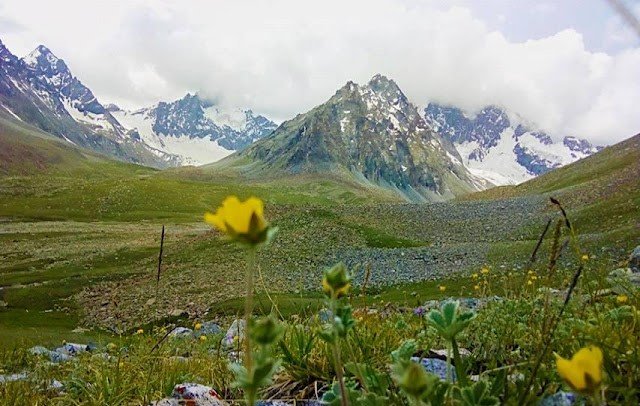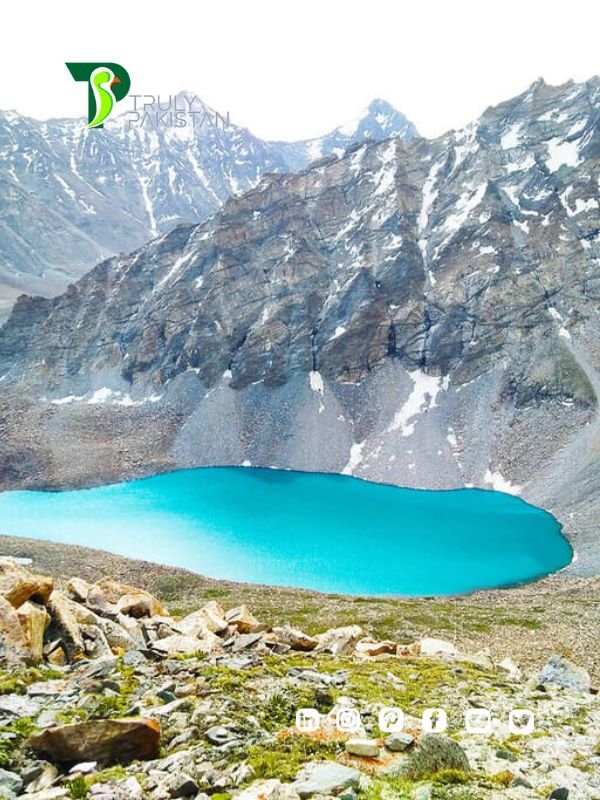Barah Valley Pakistan: Complete Travel Guide
Barah Valley is one of the most breathtaking yet underrated destinations in Gilgit-Baltistan, Pakistan. Tucked away in the Ghanche District near the banks of the Shyok River, this valley offers a rare blend of raw natural beauty, cultural depth, and adventure opportunities. Just 100 kilometers east of Skardu, it is a place where snow-capped peaks, lush fields, and traditional Balti villages create a picture-perfect escape for travelers.
Whether you’re interested in trekking to Moses Peak, experiencing the warmth of Balti hospitality, or simply exploring a hidden Himalayan paradise, Barah Valley is a destination that deserves a spot on your bucket list. In this guide, you’ll learn everything about its location, culture, trekking routes, weather, food, and travel essentials to plan your visit with confidence.
Where is Barah Valley Located?
Geographic Location in Ghanche District
Barah Valley lies in the eastern part of Gilgit-Baltistan’s Ghanche District. Surrounded by the Karakoram range, it is situated at an elevation of about 2,500–2,800 meters above sea level. The valley is made up of eight villages, divided into Barah Bala (upper) and Barah Pain (lower). Its proximity to the Shyok River not only gives the valley fertile soil but also stunning riverbank views.
Skardu to Barah Valley Distance and Travel Time
The valley is about 100 kilometers from Skardu city, which serves as the main hub for flights and road connections. By car, it typically takes 3 to 4 hours to reach Barah Valley, depending on weather and road conditions. Most travelers pass through Khaplu on their way, making the journey scenic with views of rivers, fields, and towering peaks.
Road Conditions and Seasonal Accessibility
The road to Barah Valley is partially paved but becomes rough and narrow in sections closer to the villages. During summer (June–September), the route is fully accessible, while in winter heavy snowfall may block certain stretches. Local jeeps are often the best option for safe travel, especially if you plan to continue into trekking areas like Barah Broq.
Cultural Heritage of Barah Valley
The Balti People and Their Traditions
The valley is home to the Balti community, whose origins trace back to Tibetan culture. Their lifestyle is deeply rooted in agriculture, with apricot and barley farming being central to daily life. Hospitality is a core value—visitors are often welcomed with traditional butter tea and homemade bread.
Noorbakshia Sect and Local Religious Practices
Most residents of Barah Valley follow the Noorbakshia sect of Islam, a Sufi tradition that emphasizes peace, humility, and spiritual reflection. Mosques and religious gatherings play an important role in village life, and visitors are encouraged to show respect for local customs, particularly modest dress and courteous behavior.
Village Architecture and Daily Life
Stone houses with flat wooden roofs dominate the villages of Barah. These structures are built to withstand the harsh winters and often feature intricate woodwork. Life here follows the rhythm of seasons—planting, harvesting, and preparing for long winters. Walking through the villages offers a glimpse into centuries-old traditions that have been preserved despite modern influences.
Festivals, Customs, and Local Etiquette
Seasonal festivals tied to agriculture and religious celebrations bring the community together. Visitors may witness traditional Balti music, dance, and storytelling during these occasions. When interacting with locals, it’s polite to greet with “salaam” and accept any food or tea offered, as hospitality is considered sacred in the culture.
Barah Broq Trek and Moses Peak
Overview of Barah Broq Trekking Route in Barah Valley
The Barah Broq trek begins from the upper villages of Barah Valley and climbs steadily through shepherd meadows, glacial streams, and rocky moraines. Most itineraries span 3–5 days, with gradual altitude gain to reduce the risk of AMS. Expect long daylight hours in summer, cold nights at camp, and rewarding sunrise views over the Karakoram.
Typical stages include a jeep approach to the last drivable village, a hike to the first meadow camp, a push to high camp near alpine lakes, and an optional summit morning for Moses Peak. Several operators document the route and camps; for deeper planning, compare multiple guides such as Epic Expeditions and Apricot Tours.
Moses Peak (5300m) and K2 Viewpoints above Barah Valley
At roughly 5,300 meters, Moses Peak offers commanding vantage points of the eastern Karakoram, with weather-dependent sightlines toward K2 and neighboring giants. The summit day typically starts pre-dawn; under firm snow, progress is steady along scree and snow patches. Non-technical trekkers with strong fitness often reach the summit in good conditions, but an early turnaround time is essential for safety.
- Best season: June–September for stable weather and longer days.
- Gear: Insulating layers, waterproof shell, robust boots, trekking poles; light crampons or microspikes may be useful in shoulder seasons.
- Guides: Hire local guides from Barah Valley or Khaplu for route finding, safety, and cultural insights.
Day-by-Day Trekking Breakdown for Barah Valley
Sample 4-day outline (adjust to weather, fitness, and guide advice):
- Day 1: Skardu → Khaplu → Barah (jeep). Afternoon hike to first meadow camp (3–5 hours).
- Day 2: Meadow camp → High camp near alpine lakes (5–7 hours). Acclimatization walk at dusk.
- Day 3: Moses Peak push (pre-dawn start). Summit attempt (weather permitting) → return to high camp.
- Day 4: Descend to Barah village and drive back to Khaplu/Skardu.
Longer (5–6 day) versions add acclimatization nights or explore side valleys above Barah Valley. Confirm water sources, snowlines, and stream crossings with your guide the evening prior.
Trek Difficulty and Fitness Preparation for Barah Valley
Rated moderate–challenging due to altitude and uneven terrain. Prior hill training (4–6 weeks), loaded day-hikes, and cardio conditioning help. Practice hiking with your pack weight and break in boots well before departure. Always carry a basic first-aid kit and understand AMS symptoms (headache, nausea, unusual fatigue). When in doubt—descend.
Best Time to Visit Barah Valley
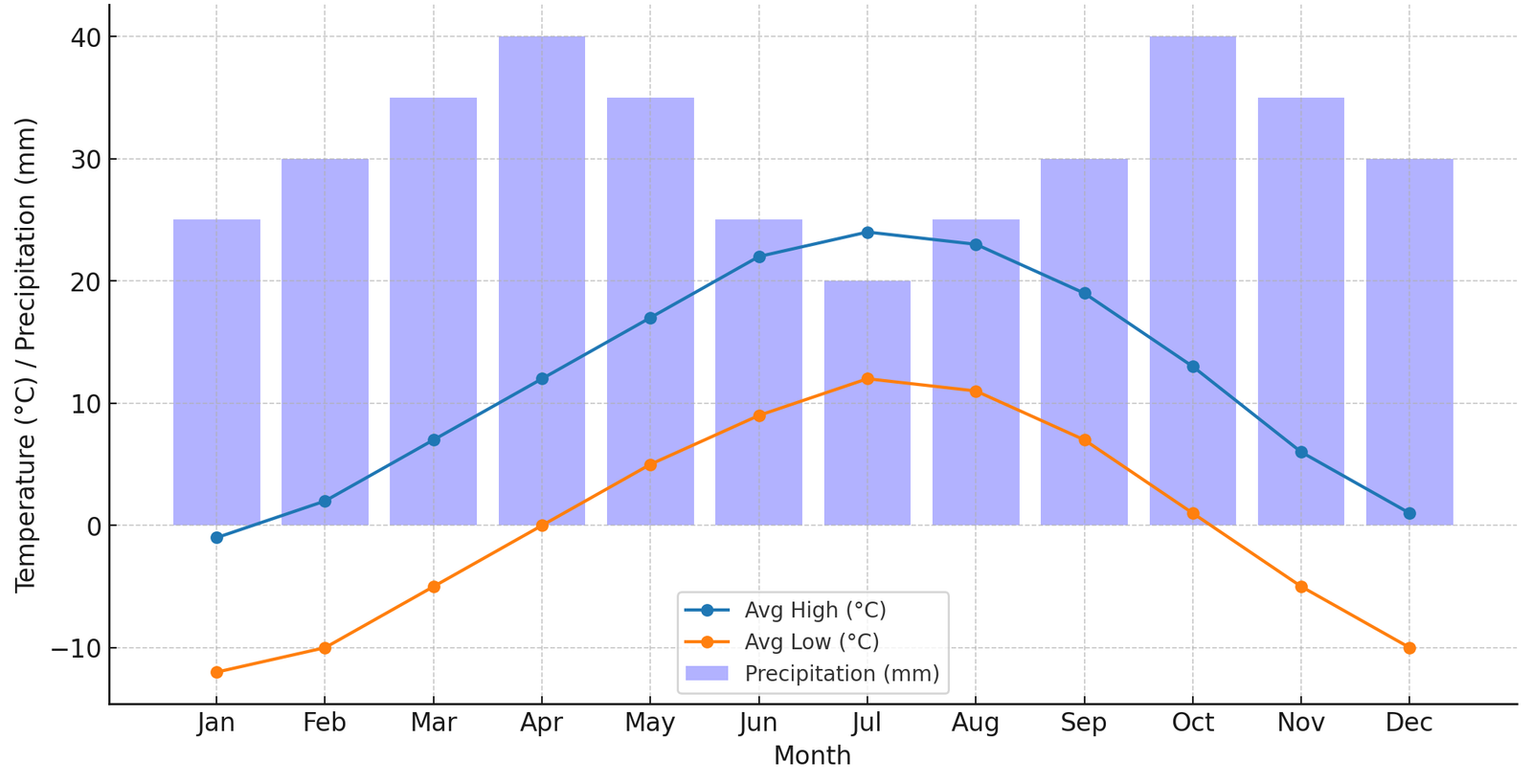

Month-by-Month Weather Guide for Barah Valley
- April–May
- Blooming orchards, crisp mornings, occasional rain/snow at higher elevations; good for village stays and low-altitude hikes.
- June–August
- Prime trekking window—long days, stable weather, cold nights at high camps; busiest period on popular routes.
- September
- Clear skies, golden fields, cooler nights; excellent visibility for photography above Barah Valley.
- October–March
- Wintry conditions; access can be limited by snow and ice. Cultural stays possible with proper gear, but trekking is minimalist and weather-dependent.
For current forecasts, cross-check regional updates via the Pakistan Meteorological Department and local operator briefings before committing to summit days.
Peak Summer Trekking Season in Barah Valley
From late June through August, trails above Barah Valley are most reliable. Rivers run higher in the afternoons due to snowmelt—plan major crossings early. UV is intense; use high-SPF sunscreen, lip protection, sunglasses with side shields, and a brimmed hat.
Spring and Autumn Travel Advantages in Barah Valley
- Spring (Apr–May): Fewer visitors, blossoming orchards, pleasant village temperatures; higher routes may retain snow.
- Autumn (Sep): Calm winds, sharp visibility, beautiful harvest scenes; nights can be below freezing at high camp.
Winter Challenges and Accessibility for Barah Valley
Winter brings short days, icy roads, and potential closures on approaches to Barah Valley. If visiting, coordinate jeeps in advance, carry extra insulating layers, microspikes, and always inform a local contact of your itinerary. Trekking beyond villages is generally not recommended without winter experience and specialized gear.
Accommodation and Food in Barah Valley
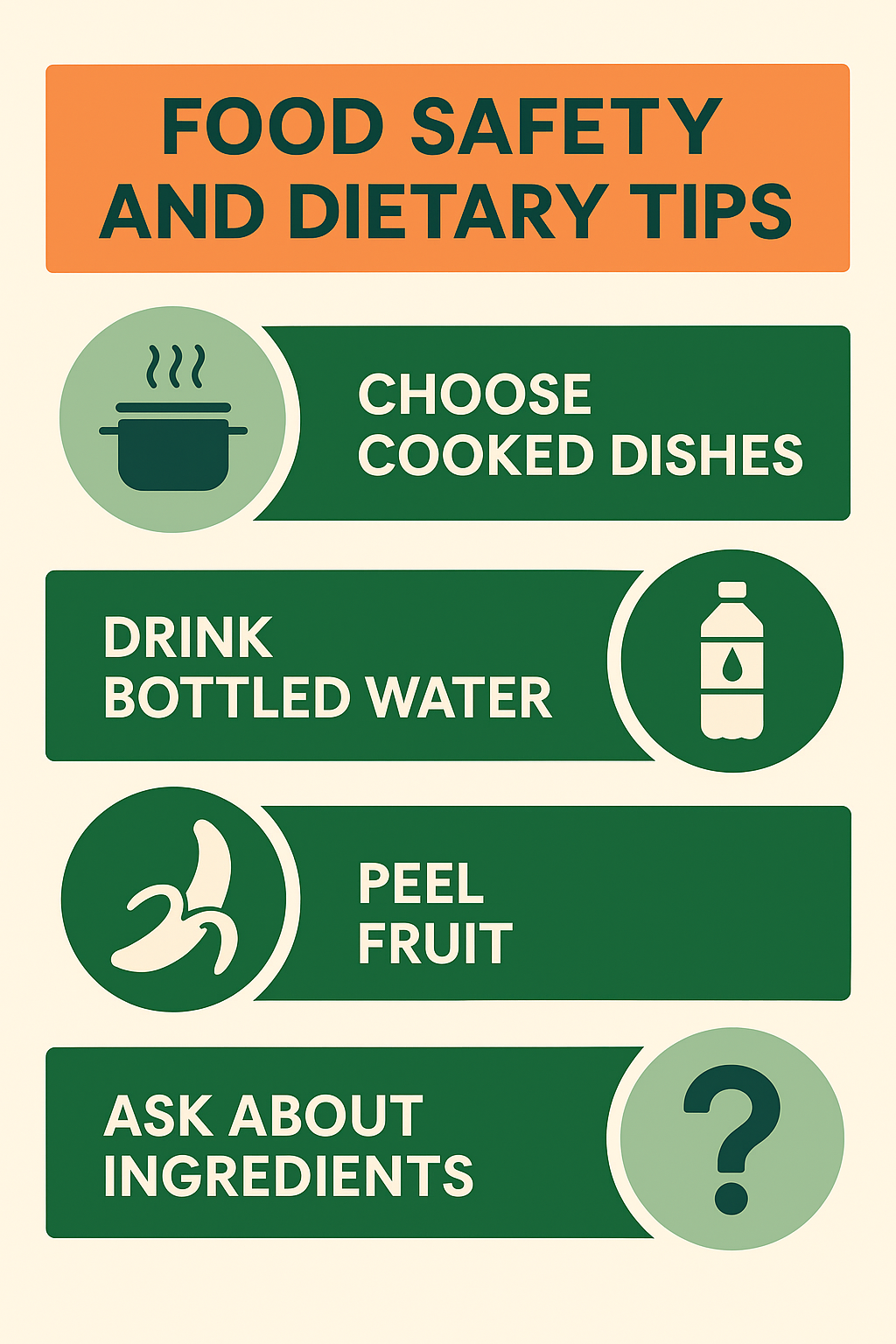

Village Homestays and Local Hospitality
Travelers to Barah Valley often stay in homestays run by local families. These offer an authentic glimpse of Balti life—basic but warm rooms, home-cooked meals, and personal interactions with villagers. Expect simple bedding and shared facilities, but also genuine hospitality and cultural immersion that hotels can’t match.
Camping and Trekking Lodges in Barah Valley
For trekkers heading toward Barah Broq or Moses Peak, camping is the standard. High meadows and alpine lakes provide scenic campgrounds. Some operators set up semi-permanent trekking lodges during peak season, equipped with dining tents and kitchen staff. Always pack your own sleeping bag and check gear quality if relying on tour operators.
Traditional Balti Cuisine to Try in Barah Valley
Food is simple, hearty, and designed for high-altitude energy. Some favorites include:
- Khambir – flat, stone-baked bread served with butter tea.
- Gyal – buckwheat pancakes, often eaten with apricot oil.
- Thukpa – noodle soup with vegetables or meat.
- Apricot Jam – made from the valley’s abundant orchards.
Meals are communal, and guests are usually invited to join family dining. Vegetarian options are available, though limited—inform hosts in advance about dietary needs.
Food Safety and Dietary Tips
Stick to freshly prepared dishes, avoid unfiltered water, and carry water purification tablets or a portable filter. At high camps, melt snow or boil stream water before drinking. If you have specific dietary requirements (e.g., gluten-free, vegan), pack supplementary snacks.
Things to Do Beyond Trekking in Barah Valley
Photography Spots and Scenic Viewpoints
Barah Valley offers world-class photography opportunities: terraced fields glowing in sunset light, snow-covered peaks, and the shimmering Shyok River. Sunrise from Barah Broq is particularly stunning, with views stretching toward K2 on clear days.
Wildlife and Alpine Flora Exploration
The valley is home to Himalayan ibex, marmots, and a variety of high-altitude birds. In summer, meadows burst into bloom with alpine flowers—ideal for eco-tourists and nature lovers. Carry binoculars and respect wildlife by observing from a distance.
Cultural Immersion Activities in Barah Valley
Spend a day with local families helping in the fields, learn how to cook Balti bread, or join evening storytelling sessions. These small interactions make a big difference in understanding the valley’s unique identity.
Short Hikes and Day Trips from Barah Valley
For those not attempting long treks, day hikes to alpine lakes or nearby villages offer adventure without the strain of multi-day expeditions. Short routes are accessible from Barah Bala, with moderate ascents leading to picnic-worthy meadows and panoramic ridge views.
Travel Planning Tips for Barah Valley
Budget and Cost Breakdown
Costs vary depending on your style of travel:
- Local homestays: PKR 2,000–3,000 per night (with meals).
- Guided treks: PKR 25,000–50,000 for 4–6 days, including transport, food, and tents.
- Transport: Jeep hire from Skardu to Barah costs PKR 10,000–12,000 round trip.
- Permits: Generally free, but some trekking routes require registration with local authorities.
Packing Essentials by Season
What you pack depends heavily on the season:
- Summer: Trekking shoes, sunblock, water filter, light jacket.
- Autumn: Warmer layers, gloves, headlamp, camera gear.
- Winter: Down jacket, snow boots, crampons/microspikes, thermals.
- Year-round: Reusable bottle, power bank, small medical kit, personal ID.
Permits and Documentation
Paksitani nationals only need CNIC for travel. Foreign travelers should carry valid passports and ensure they have Gilgit-Baltistan permits for trekking (issued in Skardu). Always register with local police when heading into remote areas.
Safety Precautions and Emergency Info
Barah Valley is peaceful and safe for tourists, but caution is wise. Mobile networks may be weak—download offline maps and inform someone of your itinerary. For emergencies, the nearest hospital is in Khaplu, with basic facilities. Carry a first-aid kit, altitude sickness medication, and travel insurance that covers trekking.
Sustainable Tourism in Barah Valley
Supporting Local Communities in Barah Valley
Tourism can directly benefit the residents of Barah Valley when travelers choose local homestays, hire guides from within the valley, and buy regional handicrafts. Spending locally not only supports families but also encourages youth to remain in the villages instead of migrating for work.
Environmental Protection Guidelines
The fragile alpine ecosystem around Barah Broq and Moses Peak requires careful stewardship. Follow the principles of Leave No Trace:
- Pack out all non-biodegradable waste, including plastic and batteries.
- Camp at designated sites to minimize soil and plant damage.
- Avoid open fires in meadows; use gas stoves instead.
- Respect wildlife habitats and never disturb nesting or grazing animals.
Cultural Sensitivity Tips
Respect for local culture ensures a positive exchange. Dress modestly, ask permission before photographing people, and participate in traditions with humility. Greeting locals with “Salaam” and accepting offered tea are gestures of respect that go a long way in Barah Valley.
Economic Impact of Responsible Tourism
When practiced thoughtfully, tourism in Barah Valley can fund community projects, preserve cultural heritage, and create sustainable income streams. Choosing eco-friendly operators and supporting small businesses helps ensure the valley remains welcoming for future generations.
Ending Note
Barah Valley is more than just a scenic destination—it is a living blend of history, culture, and adventure nestled in the Karakoram. From trekking up to Moses Peak with glimpses of K2, to sharing butter tea with Balti families, every experience here is authentic and unforgettable. By traveling responsibly, you not only enjoy the beauty of the valley but also help sustain the traditions and environment that make it unique. If you’re seeking an untouched corner of Pakistan where culture and nature meet, Barah Valley should be at the top of your list.
Plan your journey today—connect with local guides, prepare wisely, and discover one of Gilgit-Baltistan’s hidden gems.
FAQ about Barah Valley
How difficult is the Barah Broq trek?
The Barah Broq trek is considered moderate to challenging, depending on fitness levels. Daily hikes range from 5–8 hours, with significant altitude gain. Proper preparation and local guides are recommended.
Is Barah Valley safe for solo travelers?
Yes, Barah Valley is generally safe, with hospitable locals and low crime rates. However, solo travelers should still inform authorities of their trek plans and consider hiring a guide for added safety.
Where is Barah Valley Khaplu Skardu located?
Barah Valley is situated about 100 km east of Skardu, near Khaplu in the Ghanche District of Gilgit-Baltistan. It lies along the Shyok River and serves as a gateway to treks like Barah Broq and Moses Peak.
How far is Barah Valley from Skardu?
The distance from Skardu to Barah Valley is roughly 100 kilometers. By jeep or car, the trip usually takes 3–4 hours depending on road and weather conditions.
What is the link between Barah Valley and Khaplu?
Khaplu is the closest town to Barah Valley and acts as the main transit hub for visitors. Most travelers pass through Khaplu before heading toward the villages of Barah Valley for treks or cultural visits.
Which district does Barah Valley Ghanche belong to?
Barah Valley is part of the Ghanche District in Gilgit-Baltistan, Pakistan. This district is known for its rugged mountains, historic Khaplu Fort, and proximity to the Karakoram Range.
About the Author
Author: ZunNurain Khalid — Travel & Tourism Specialist, Founder of ExploreX Pvt. Ltd., and advocate for sustainable tourism in Pakistan. With over a decade of experience in digital marketing and destination branding, ZunNurain has worked extensively on promoting Pakistan’s natural and cultural heritage.
References
- Wikipedia: Barah Valley
- Visit Gilgit Baltistan – Official Tourism Portal
- Epic Expeditions – Barah Broq Trekking Guide
- Apricot Tours – Barah Broq Trek
- Skardu Trekkers – Barah Valley

